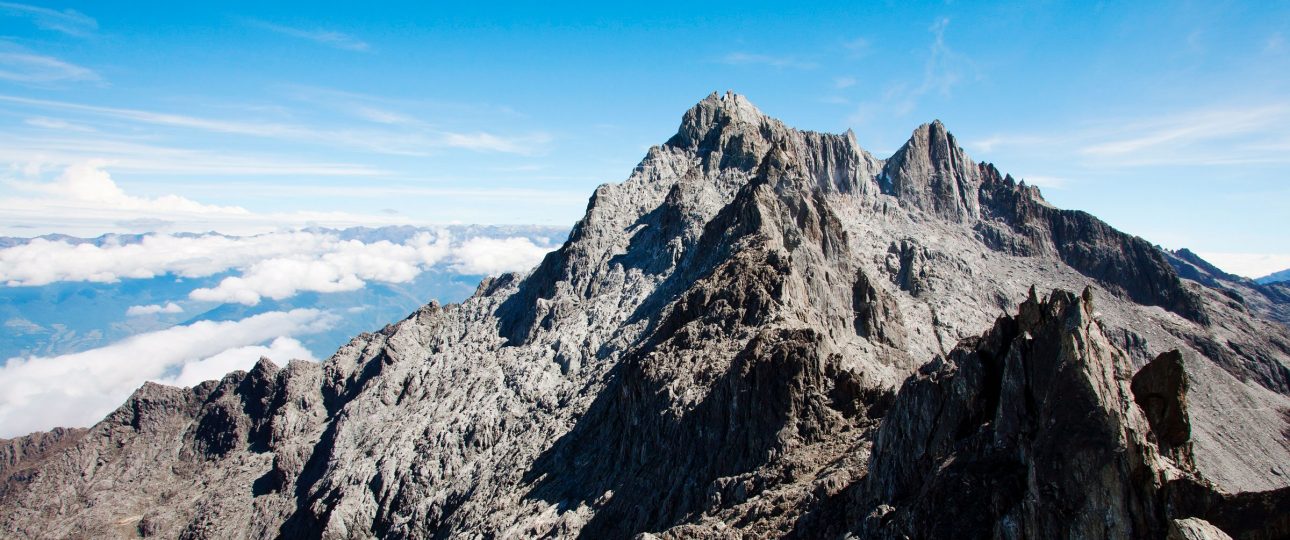Pico Bolívar: Exploring Venezuela’s Highest Peak
Getting to Pico Bolívar
Reaching Pico Bolívar involves a multi-step journey. The nearest international airport is Simón Bolívar International Airport in Caracas. From Caracas, travelers can take a domestic flight to Alberto Carnevalli Airport in Mérida, the closest major city to Pico Bolívar. Once in Mérida, there are several ways to approach the mountain:
- By Car: Renting a car offers flexibility. The drive from Mérida to the starting point of the hike takes about 2 hours, with scenic views of the Andes.
- By Bus: Public buses run from Mérida to the village of Apartaderos, the traditional starting point for the ascent. The bus ride takes approximately 3 hours.
- By Hiking: For those eager to trek, the hike to Pico Bolívar is challenging and takes 8-10 hours, depending on fitness and weather. Proper gear and supplies are essential.
Exploring Pico Bolívar
Nature and Landscape
Pico Bolívar stands at 4,978.4 meters (16,332 feet), making it Venezuela’s highest peak. The mountain is part of the Sierra Nevada de Mérida in the Andes. While the glaciers that once adorned its summit have disappeared, the area still offers dramatic landscapes, from rugged peaks to verdant valleys. Activities include hiking and mountain biking.
Cultural and Historical Context
Named after Simón Bolívar, a key figure in South America’s independence, the mountain holds historical significance. The region is home to indigenous communities with rich traditions. Engaging with locals offers insights into their enduring cultural practices.
Best Time to Visit
The ideal time to visit is during the dry season, from December to April, when weather conditions are more stable. However, mountain weather can be unpredictable, so checking forecasts is advisable.
Local Transportation
Exploration around Pico Bolívar is primarily on foot. Well-marked trails guide hikers through the terrain. For a different perspective, consider hiring a local guide for a horseback tour.
Considerations
- Pico Bolívar offers a rewarding experience for those prepared for its challenges.
- Travelers should be aware of the physical demands of the hike and the potential for sudden weather changes.
- Engaging with local communities can enrich the visit, providing cultural depth to the adventure.




